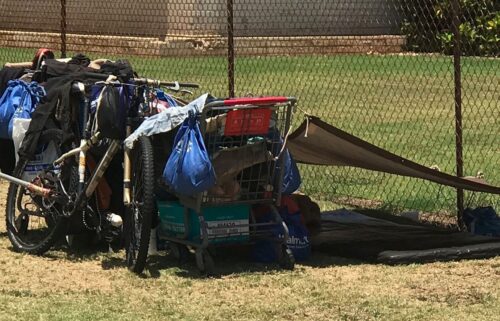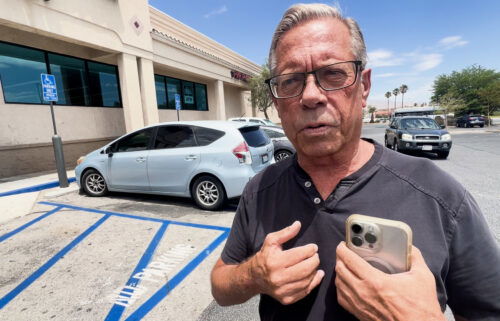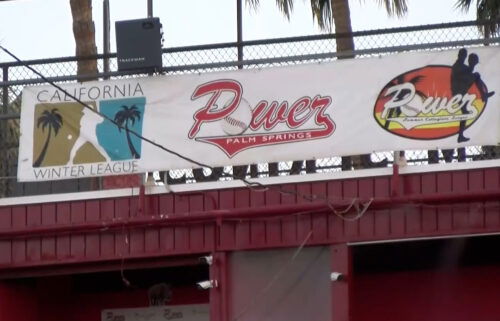Firefighters Cope With Water Shortage In Battling Fires
The desert caught a break the last few days weather wise. But, overall, the hot, humid and muggy conditions have made it difficult for Cal Fire to fight wildland fires, particularly in rural areas where often times the fire engines are the only water source.
But Cal Fire said water isn’t the only way to fight fires.
The secret to fighting fires is going into the fire with a game plan by assessing the situation and the resources available, authorities said.
Water is in short supply in rural areas. But the same goes for older neighborhoods especially mobile home parks.
Cal Fire called out additional crews and engines to extinguish the Bermuda Palms Mobile Home Park fire last week in Indio.
“This is a very old mobile home park,” said Mike Marlow, a division chief for the Riverside County Fire Department. “It was actually built prior to requirements for fire hydrants.”
Marlow said the lack of hydrants didn’t affect how fire fire fighters attacked the blaze,”But, we had to ask for more fire engines so that we could have enough water to do so.”
Additional engines and water tenders were also called into fight a mid-August fire at the Morongo Indian Reservation near Banning.
More than 200 acres of land burned. Dry brush caught fire in a remote area where no fire hydrants were present.
“If there’s no fire hydrants out there, which a majority of times there’s not, then fire personnel have to be highly efficient on how they apply that water,” said Joel Vela, a battalion chief with the Riverside County Fire Department.
Vela covers fires ranging from Coachella to the Salton Sea.
His department is currently investigating a rash of fires that broke out in Thermal mid-July to August.
All of them were in rural areas.
In one case, the fire department tapped into a nearby pond for water to help put a fire out.
“If there’s a pond, a canal or a swimming pool nearby and houses are threatened, you bet we’re gonna use that water source to protect that infrastructure and structures and the people,” said Vela.
Fire engines can hold a maximum of 500 gallons of water which may sound like a lot of water. But Vela said it is not.
“If you’re using it efficiently it can last anywhere from 2 to 10 minutes,” said Vela.
If crews are running out of water Vela said they resort to defensive tactics to fight the flames.
Instead of trying to stop the fire from burning, fire fighters simply try to stop the fire from spreading.
“We’re not using water,” said Vela. “We’re cutting line. We’re dropping retardant line. We’re removing the fuels ahead of the fire.”
Fire fighters also develop a rotational system when fighting fires in rural areas.
While water is pumped out of one engine to knock down the flames, the other engines head over to a nearby water source to fill up allowing them to continue working on the fire.



